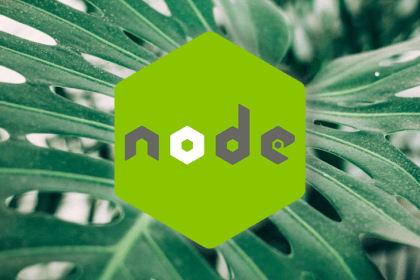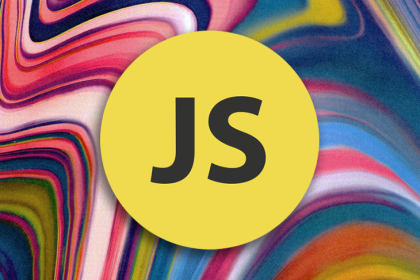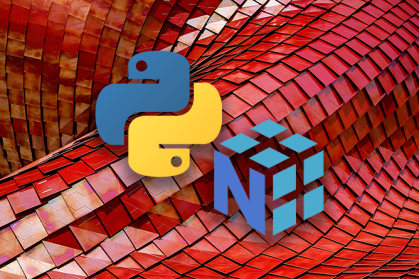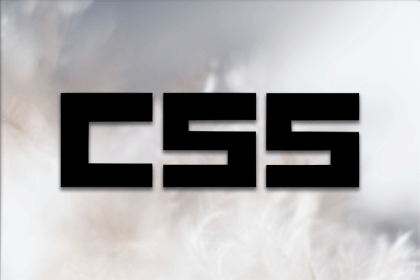
Explore some of the new features in Django v4.0, as well as some of the older third-party versions that have been removed.

Discover what a PWA is, how to build one with Vue.js, and some tips, tricks, and best practices you can use along the way.

Learn how to add audio recording and playing features to a Flutter app so you can create your own audio-based modern apps.

Review eight popular Node libraries for WebSocket: SockJS, ws, Socket.IO, Faye WebSocket, SocketCluster, Sockette, and Feathers.

These steps will help you use Python and the popular packages lxml and pandas to manage dataset creation and visualization.

datetime module: Handling dates and timeHandling dates and times in Python is not always straightforward. Simplify the process using the Python datetime module.

WeakMap and WeakSet: Understanding JavaScript weak referencesLearn about weak references in JavaScript and how we can use them by utilizing the WeakMap and WeakSet objects.

Learn core concepts associated with building blockchain apps on Polkadot network, such as parachains, parathreads, and the Substrate framework.

Implement a series of useful functions, manipulate arrays and data, and see how NumPy arrays differ from Python lists in this detailed guide.

Learn to use the Go package Colly to build a basic web scraper that gets product information and saves the data to a JSON file.

Explore Tamagui, a UI kit that includes a series of themes, media queries, and typed inline styles, as well as an optimizing compiler.

Known for its simplicity, flexibility, and reliability, UnoCSS is a fully customizable Atomic CSS engine inspired by Windi CSS, Tailwind CSS, and Twind.